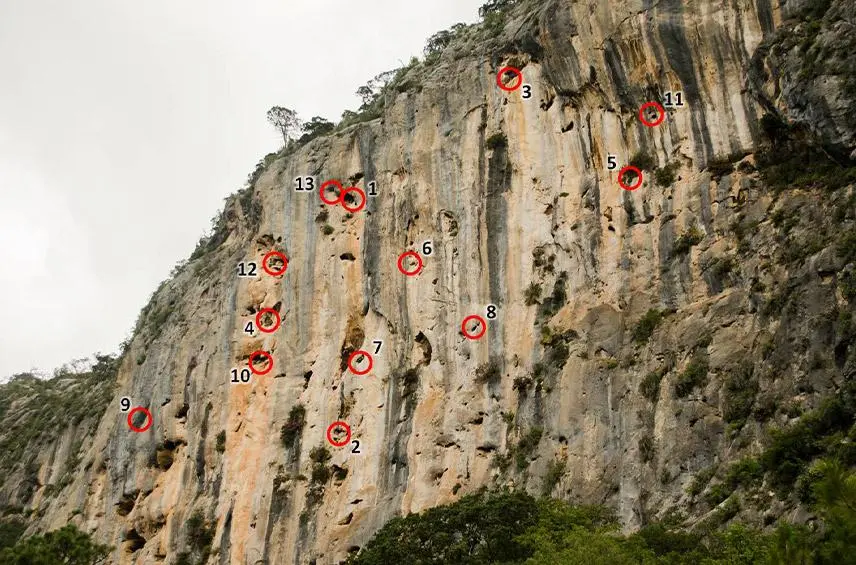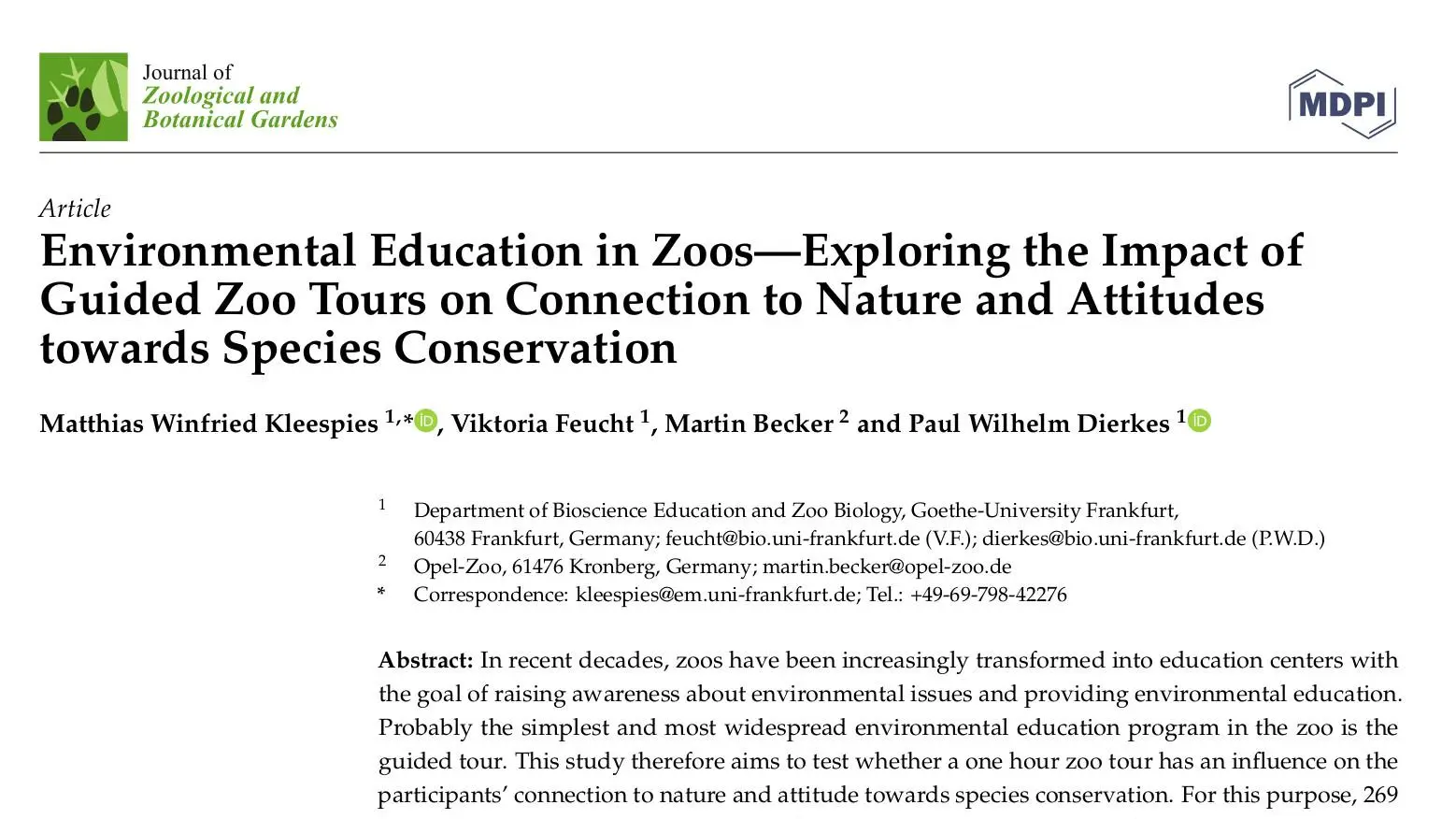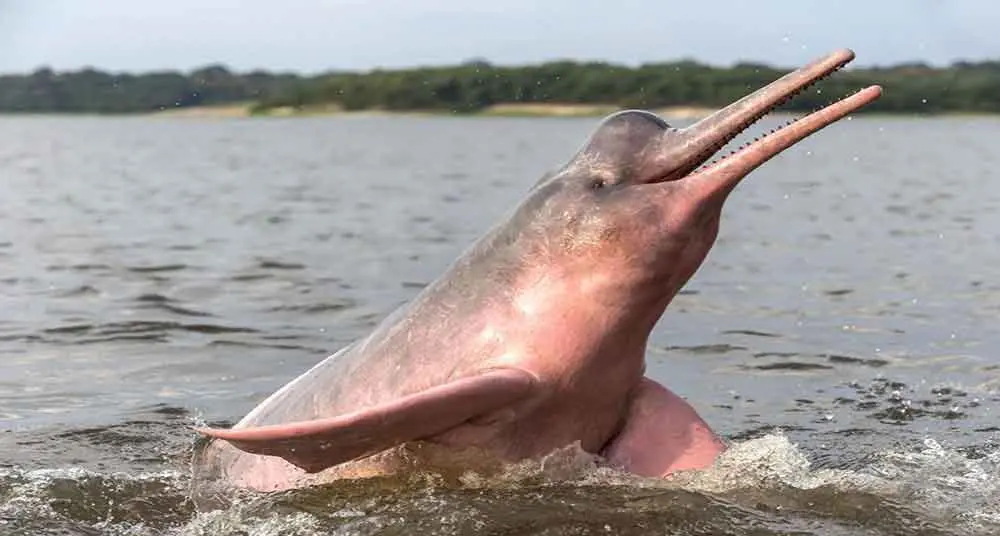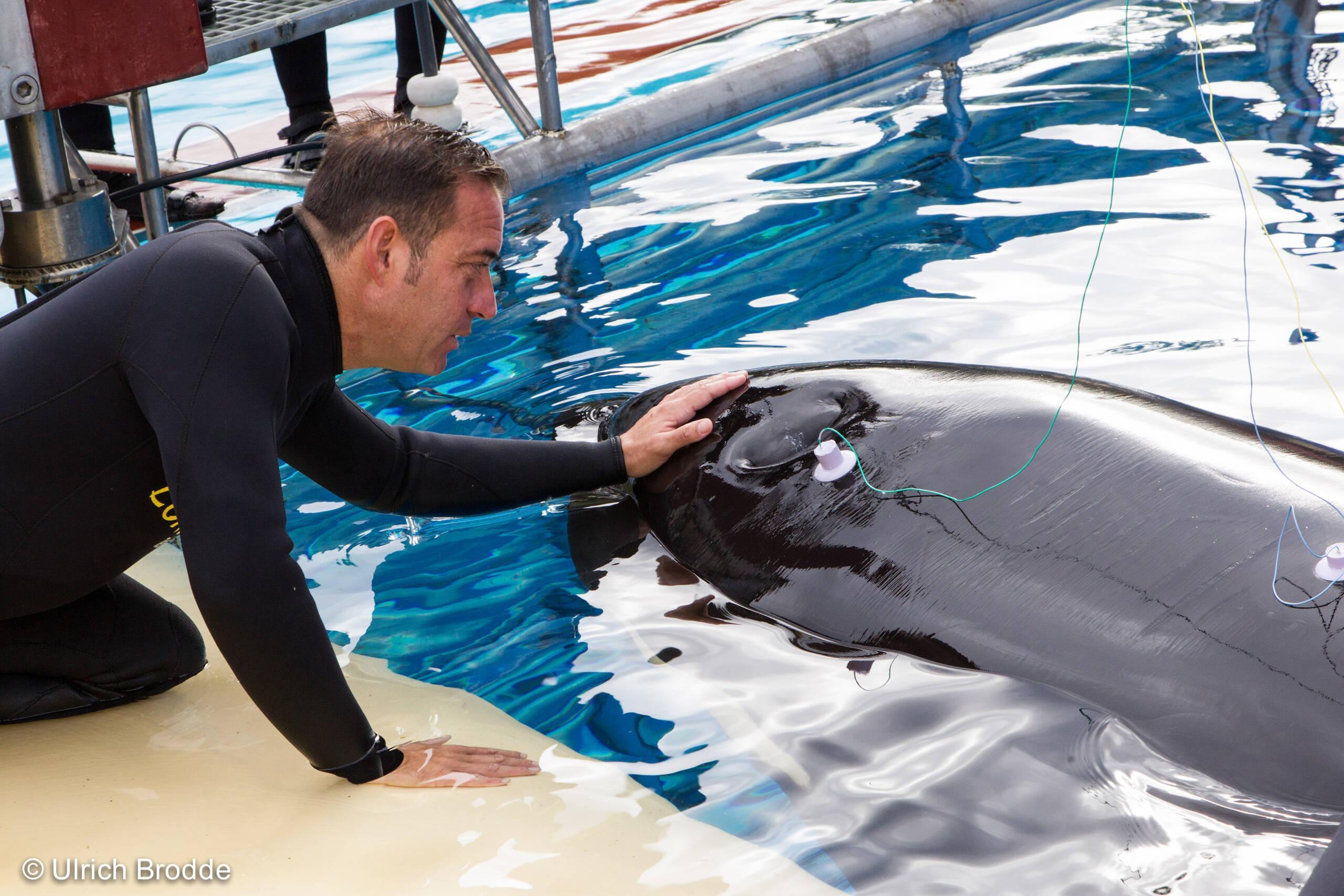
| Category | Completed |
| Date | 2016 |
| Investment | 18.576$ |
This Mexican endemic species is in danger of extinction due to low numbers in the wild. Thanks to LPF’s work, we are aware of the threats they face and the best way to protect them.

Conservation of the Maroon-fronted parrot (Rhynchopsitta terrisi)
The Maroon-fronted parrot Rhynchopsitta terrisi is Endangered according to the Red List of the International Union for Conservation of Nature (IUCN). Reproduction of this species follows the fruiting pattern of pine trees, with pairs arriving between April and May, laying in early July and fledging in October-November. Pairs produce an average of two chicks (range 1-4), and the total population produces up to 150 young per year. It feeds almost exclusively on pine nuts, although its diet also includes, to a lesser extent, agave flowers, fruits, and acorns.
It is restricted to the Sierra Madre Oriental in Nuevo León, Coahuila and Tamaulipas, Mexico, where there is currently no more than 5,000 km2 of suitable habitat. It is classified as Endangered because its very small population represents only a subpopulation and is suspected to be in decline mainly due to habitat loss and degradation. The number of breeding pairs in known colonies has declined, breeding success is poor and studies by R. Valdés-Peña et al. in 2007 and 2010 suggest that less than 10% of the population successfully breeds each year.
Loro Parque Fundación therefore supports the project that seeks to understand current breeding success at different cliff locations and the importance of habitat conditions near cliffs throughout breeding areas. This is essential to develop effective programs for the conservation of this endangered species. As part of the strategy, cameras are used to quantify nest success and record behaviours at each nesting cliff. Critical feeding and roosting habitat patches for R. terrisi are also identified by documenting local habitat threats and conditions.
The project evaluates the role of current protected areas in the region in protecting critical sites identified for the Maroon-fronted parrot and conducts environmental education workshops throughout the breeding area, mainly in elementary schools, to provide information on the protection and conservation of this endemic parrot and its habitat.
BLOG
News





